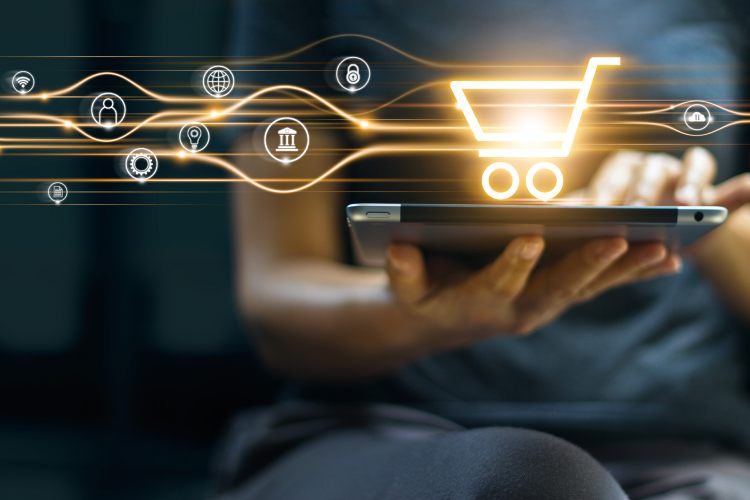No textbook could have predicted the times in which we live and do business. COVID-19 certainly influences our purchasing habits, making it difficult for companies to forecast consumer behaviour. Therefore, data has become even more important than before because it helps you better understand your customers' needs and respond accordingly. To help you achieve better results, I am providing the answers to some of your questions.

How well do you know your consumers?
While your consumers are still your loyal customers, their needs have probably changed slightly during these times. I recommend you get to know them again and discover the needs that are the most important to them right now. Your data can be invaluable to do this.
In the past, we used models to predict purchasing behaviour that are no longer relevant today, which makes it all the more important for companies to regularly monitor their customers’ behaviour, preferably in real time. Data analytics plays a key role here.

Do you talk to consumers actively?
Every interaction with users, including communication, allows us to learn about our users, their wants and needs – they can be seen as “clues” that help us and provide an essential dimension as we attempt to understand the whole.
You can gain an understanding of consumer behaviour by analysing the data your users leave behind on digital channels as well as other data you may own. But all of this data is just one source of information. It is recommended to combine data sources to get the correct picture when making decisions.
Customer support teams can also be a valuable source of information about your consumers, as they are actively in contact with them and can help you better understand the data and identify trends. Another increasingly popular source is conversational commerce as companies move live conversations with customers to different conversational channels. By analysing them you can also gain important insights into market needs.
What products do your customers buy?
Analysing sales results gives you a clear insight into demand. If you understand what customers are buying, when, how often, and everything that influences purchase intent, you can predict (even intuitively) what will affect your bottom line.
The more you learn about the trends, the more you understand the buying cycles and the better you get at feeling the “pulse” of your customers, the easier it will be for you to predict their short- and long-term behaviour and needs, and to tailor your offer, including your pricing policy, accordingly. Of course, this also applies to communication.
Take Semenarna Ljubljana as an example. During the spring lockdown, its Kalia brand, which offers everything for gardens, gardening and garden equipment and tools online, realized the same turnover from online sales in two weeks as in the whole of the previous year combined. They achieved this only with the support of advertising in digital media. The company recognised the trend and changing buying habits at the right time and used advertising to turn this into its advantage.

How do you address customers in your sales messages?
All too often, the data you have is a “dead” record in databases. We forget its precious value and neglect the fact that data is there to be used. We can turn it into a story and improve the user experience. So use the data you have at your disposal and incorporate it into the next steps of communication, which is possible with digital advertising, advanced technology and your proprietary data silo. Personalise your messages, appeals and targeting to what your users are responding to. After all, users only respond to relevant information. It has become increasingly important to deliver the right message at the right time and in the right place to the right person.
What about new customers?
COVID-19 has created opportunities to reach new customers as digitisation accelerates. How? On the one hand, some people will remember 2020 as the year when they first bought or ordered a product or service online, when they first used video conferencing, and when they first performed certain services online.

Let’s not forget that accelerated digitalisation and all the other changes also offer many opportunities to innovate and address a new customer segment. Do you know about it? We are living in uncertain times, which means that today is the best time to experiment with a new business model and to adapt to the changing needs of your users, whom you can convert to customers through digital channels by using the right advertising-supported communication. If today’s consumer has become more price-sensitive, brand loyalty has declined somewhat and there are more opportunities to drive changes in purchasing habits.
While it is difficult to predict the future these days, data-driven companies are well positioned to create it more efficiently. The use of digital tools and advanced technology solutions has become critical for the success of large businesses, as is the building of their own data silos (including from digital advertising) that are connected to other back-office systems in the company. This makes it easier for companies to maintain their competitive edge and be more agile and sustainable. Customer data is the new gold, helping us better understand the market and its needs.
